Eduardo Mateo, born on September 14, 1940, in Montevideo, Uruguay, was a musical visionary whose eclectic and innovative compositions continue to resonate with audiences around the world. With a career that spanned from the 1960s to the early 1990s, Mateo’s discography is a testament to his boundless creativity, blending elements of rock, folk, jazz, and traditional Uruguayan music into a singular and enchanting sound. This exploration of Eduardo Mateo’s discography will trace his musical evolution, highlighting key albums and compositions that have left an indelible mark on Uruguay’s cultural landscape.
Early Years and Los Malditos:
Eduardo Mateo’s musical journey began in the 1960s when he emerged as a central figure in the Uruguayan rock movement. Alongside fellow musicians like Rubén Rada and El Kinto, Mateo formed the band Los Malditos, which quickly gained a cult following for its experimental and avant-garde approach to music. Los Malditos’ self-titled album, released in 1967, featured Mateo’s haunting vocals and psychedelic guitar work, setting the stage for his future musical explorations.
“Mateo Solo Bien Se Lame”:
In 1972, Eduardo Mateo released his debut solo album, “Mateo Solo Bien Se Lame,” which remains a landmark in Uruguayan music history. The album showcased Mateo’s distinctive songwriting style, which blended elements of rock, folk, and traditional Uruguayan music into a hypnotic and enchanting tapestry of sound. Tracks like “Niña” and “La Bruma” captured the imagination of listeners with their ethereal melodies and introspective lyrics, establishing Mateo as a visionary artist with a unique musical vision.
“La Canción del Jardín del Edén”:
Following the success of “Mateo Solo Bien Se Lame,” Eduardo Mateo released his second solo album, “La Canción del Jardín del Edén,” in 1977. The album further showcased Mateo’s eclectic musical sensibilities, featuring a diverse range of styles and influences, from folk ballads to jazz-inflected rock. Tracks like “Niña Caramba” and “Siempre Tú” demonstrated Mateo’s virtuosity as a guitarist and his gift for crafting melodies that linger in the listener’s mind long after the music has ended.
“Cuerpo y Alma”:
In 1984, Eduardo Mateo released “Cuerpo y Alma,” his third solo album and arguably his most ambitious work to date. The album featured lush arrangements and intricate instrumentation, with Mateo exploring themes of love, loss, and spiritual awakening. Tracks like “Yulele” and “El Grito del Canilla” showcased Mateo’s mastery of rhythm and melody, drawing listeners into a world of profound beauty and transcendence.
Collaborations and Influence:
Throughout his career, Eduardo Mateo collaborated with a diverse array of musicians and artists, both in Uruguay and abroad. His collaborations with fellow Uruguayan musicians like Jorge Galemire and Eduardo Darnauchans resulted in some of the most beloved and enduring songs in the Uruguayan music canon. Mateo’s influence extended beyond his own recordings, with his songs being covered by artists from around the world and his musical innovations inspiring generations of musicians in Uruguay and beyond.
Legacy and Reverence:
Eduardo Mateo’s legacy looms large in the annals of Uruguayan music history, with his influence continuing to reverberate through the country’s cultural landscape. His innovative approach to songwriting and composition paved the way for future generations of Uruguayan musicians to explore and experiment with new sounds and styles, while his timeless melodies and poignant lyrics continue to captivate audiences to this day.
Despite his untimely passing in 1990, Eduardo Mateo’s music lives on as a testament to his enduring creativity and artistic vision. His albums remain cherished treasures for music lovers in Uruguay and beyond, with each song serving as a poignant reminder of Mateo’s unparalleled talent and his profound contribution to the world of music.
In conclusion, Eduardo Mateo’s discography is a testament to his status as one of Uruguay’s most visionary and influential musicians. From his groundbreaking work with Los Malditos to his acclaimed solo albums, Mateo’s music continues to enchant and inspire audiences with its beauty, depth, and innovation. As Uruguay celebrates its rich musical heritage, Eduardo Mateo’s legacy shines brightly as a guiding light for future generations of musicians and music lovers alike.


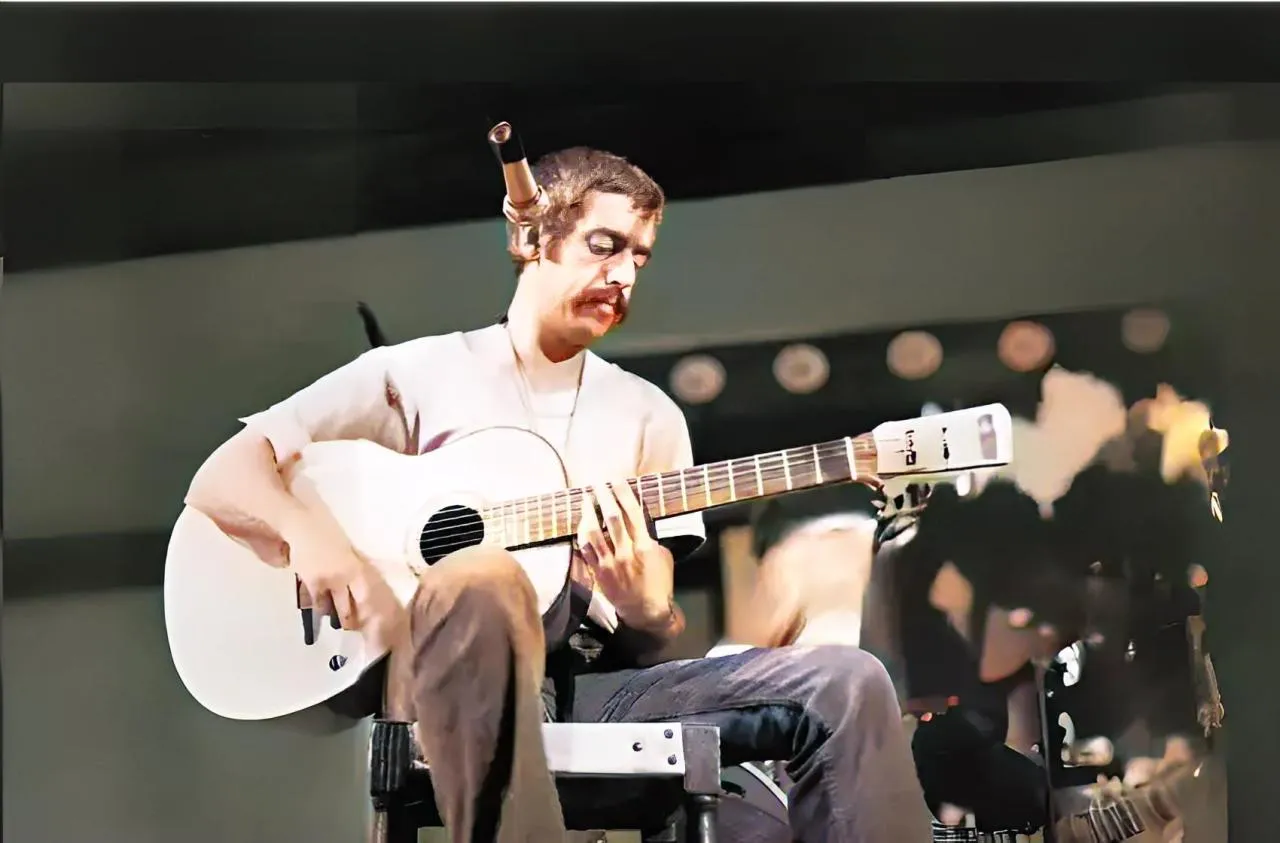




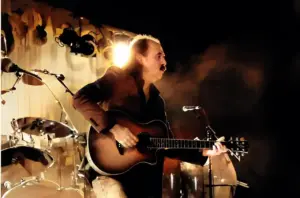
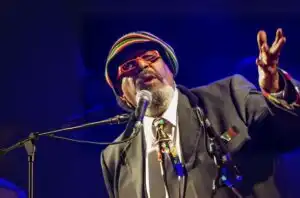

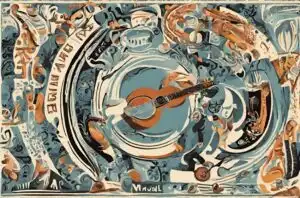

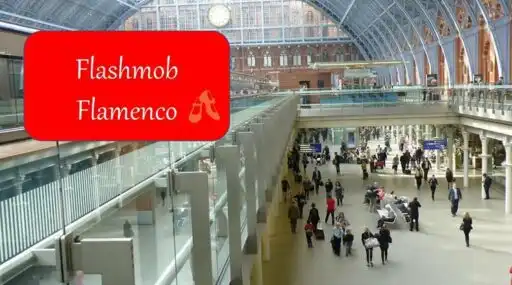
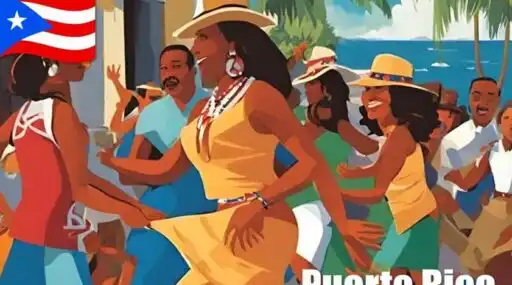




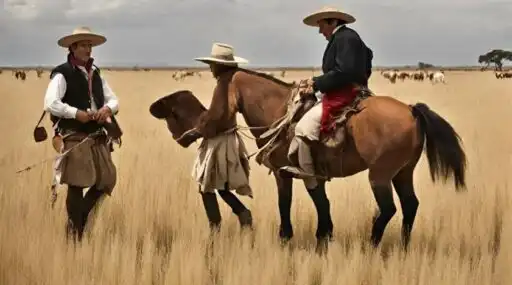
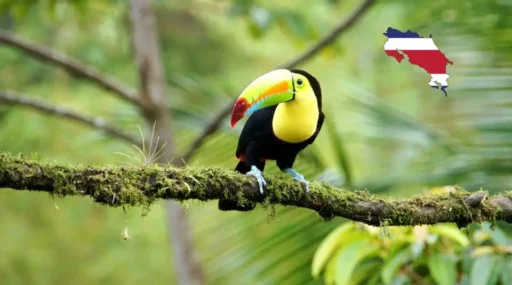
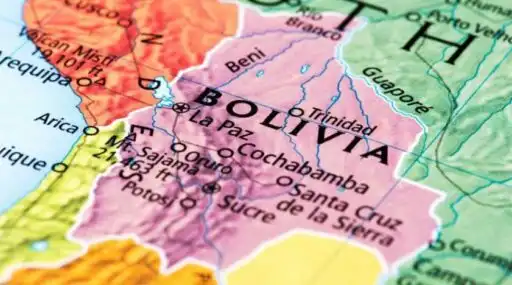
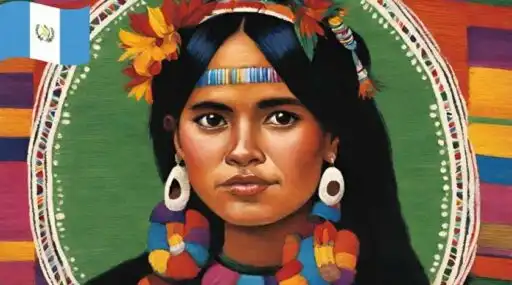

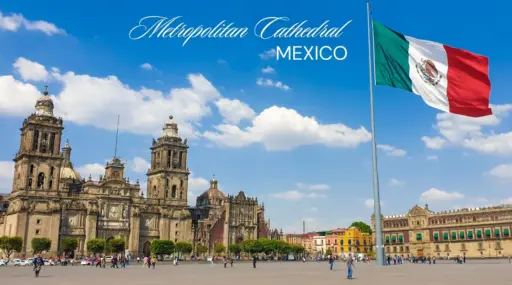

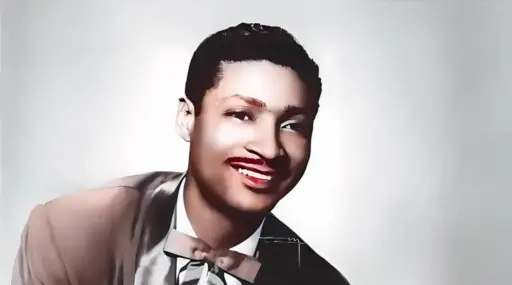
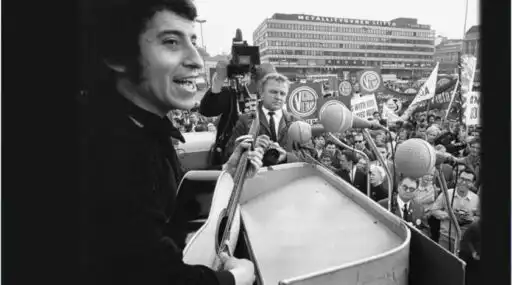

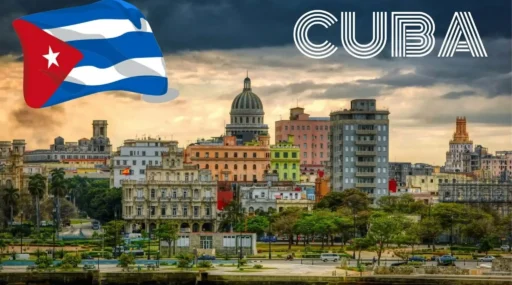



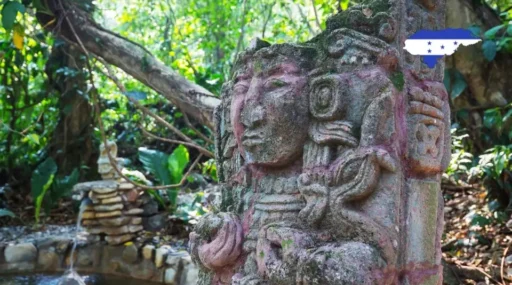


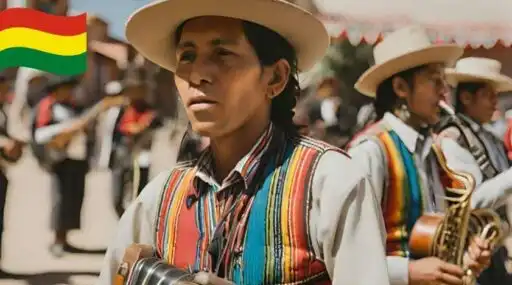
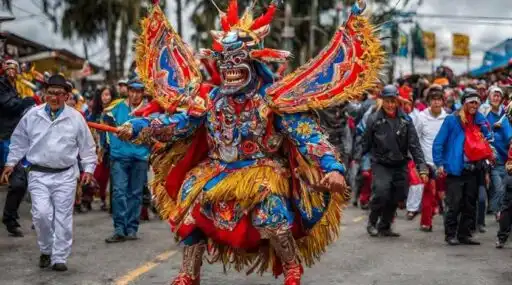



Leave a Reply